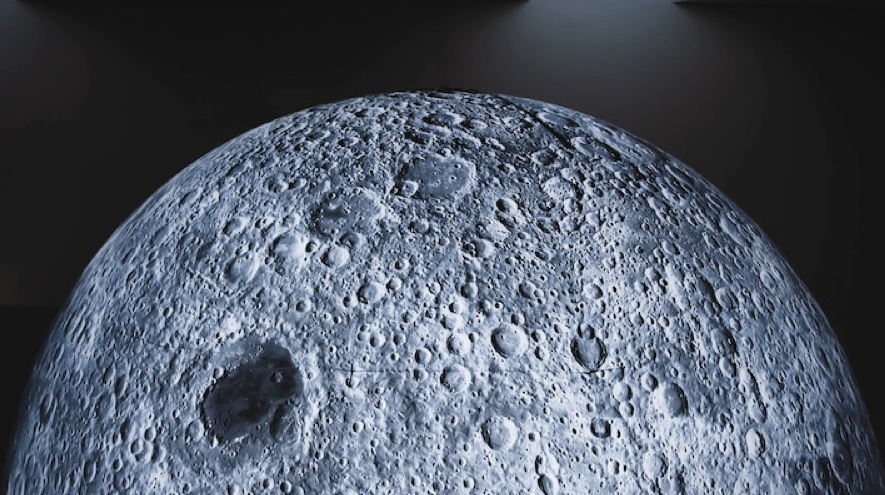
ESA Open Invitation to Tender AO9585
Open Date: 17/04/2019
Closing Date: 12/06/2019 13:00:00
Status: ISSUED
Reference Nr.: 18.1ET.29
Prog. Ref.: Technology Developme
Budget Ref.: E/0901-01 – Technology Developme
Special Prov.: BE+DK+FR+DE+IT+NL+ES+SE+CH+GB+IE+AT+NO+FI+PT+GR+LU+CZ+RO+PL+EE+HU
Tender Type: C
Price Range: > 500 KEURO
Products: Satellites & Probes / RF / Microwave Communication (Platform and Payloads) / RF Comm. Eng. SW / SW for RF Comm. design, analysis, simulation, etc.
Techology Domains: RF Systems, Payloads and Technologies / Radio Navigation Systems/Subsystems / Navigation System Tools
Establishment: ESTEC
Directorate: Directorate of Tech, Eng. & Quality
Department: Electrical Department
Contract Officer: Seynaeve, Christophe Rene R.
Industrial Policy Measure: C1 – Activities in open competition limited to the non-Larg…
Last Update Date: 17/04/2019
Update Reason: Tender issue
The recent outcomes of the first test campaign on Galileo mass-market receivers have shown preliminary but important trends in relation to the achievable performance by the commercial devices using Galileo signals, including the limitations of the current Galileosignal design and the opportunities for improvement targeting specifically this users in the future generation of Galileo.The proposed activity shall study the enhancement of the current GNSS signal design in order to:a) improve current acquisition and TTFF performance of mass-market receivers (e.g. new signal components enabling fast acquisition scheme or High Sensitivity Techniques).b) optimise new signal in space modulations and related user receiver processing: exploitation of new Modulation schemes, Spread-Spectrumtechniques, mapping and multiplexing (e.g. multicarrier, CSK, ultra-wideband, meta-signals, SC FDMA, etc.).Theoutcomes of the current Galileo second generation studies have shown as well some limitations and opportunities for improvement on the definition of newGalileo signals, coming just from the need of supporting Legacy users. Based on that, the activity shall studytechniques for flexiblesignal generation and reception: a flexible signal component that can evolve to sustain evolutions of services, including the design of a flexible receiver able to adapt to the corresponding advanced signal formats/techniques that will come from evolutions of theGNSS systems. Furthermore, the activity shall consider the design of solutions for an efficient protocol tonotify in advance to theuser receiver the planned modifications of the signal and for the receiver to implement them.The studies performed under the activity on the GNSS signal design will provide inputs to the definition of the future signal as part of the Galileo second generation consolidation activity.Finally, the activity shall develop a complete set of SW tools for performance analysis of consumer receivers performance in terms of acquisition and tracking sensitivity, data demodulation and Time to First Fix in realistic environments (LMSor DLR channel models, time series extracted from real on field tests). The enhanced signals defined as per first objective shallbeconsidered. Note that tools currently available are based on standard receiver architecture and they do not consider advanced processing techniques used in mass-market.The results of this activity shall be considered an input to the consolidation work performed as part of the Galileo 2nd generation system design, in the area of signal design and user performance.Procurement Policy: C(1) = Activity restricted to non-prime contractors (incl. SMEs). For additional information please go to EMITS news “Industrial Policy measures for non-primes, SMEs and RD entities in ESA programmes”.
If you wish to access the documents related to the Invitation to Tender, you have to log in to the ESA Portal.
